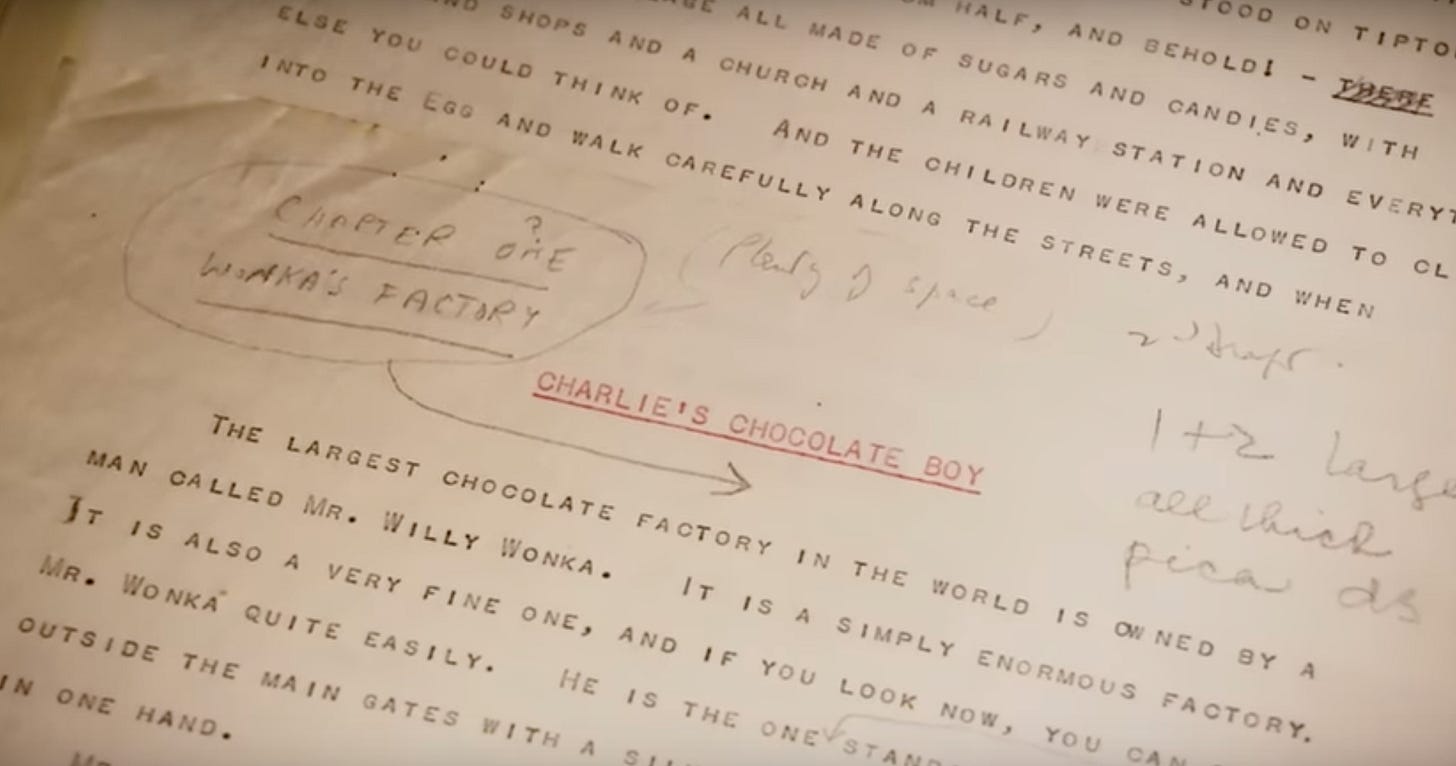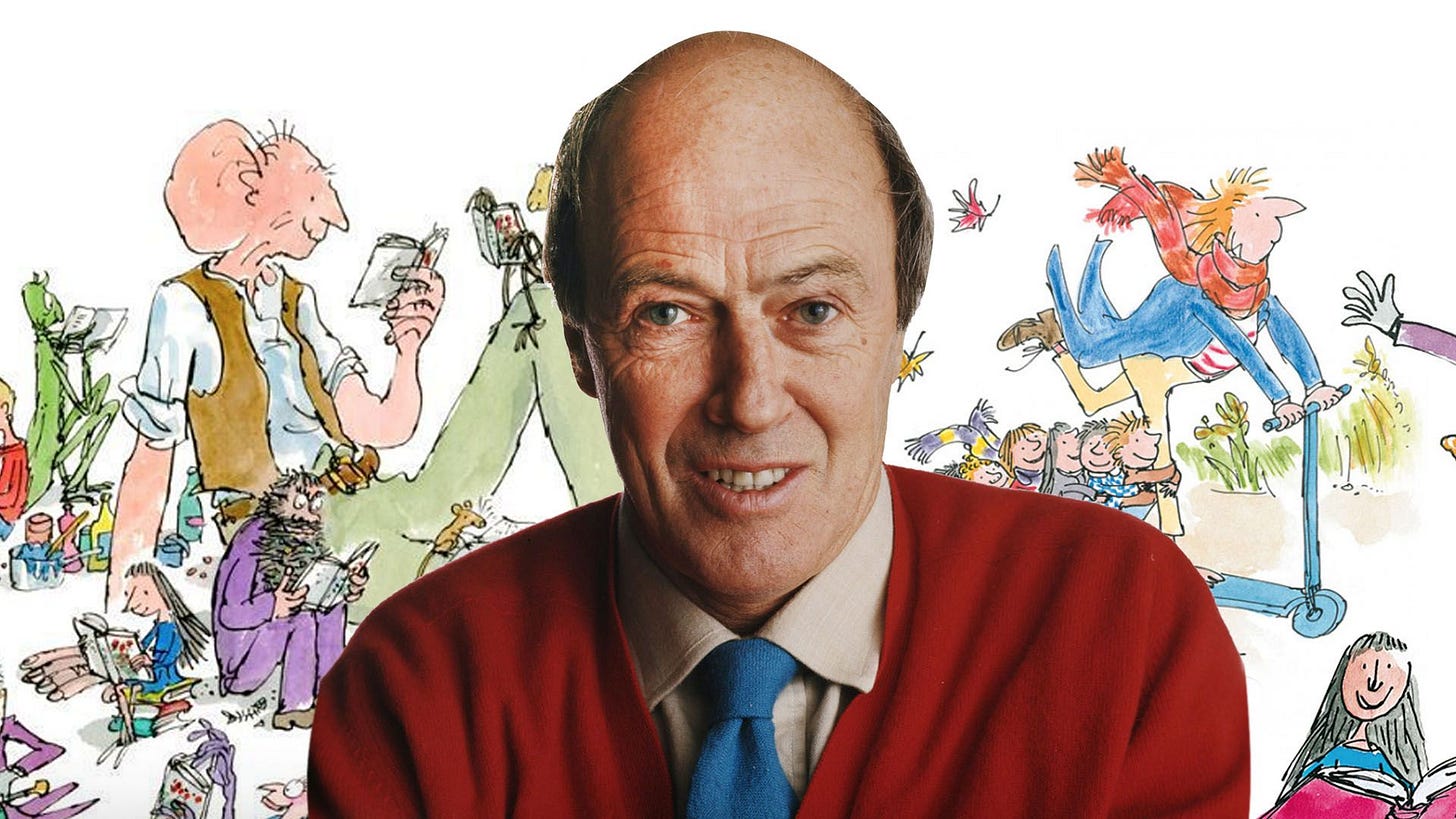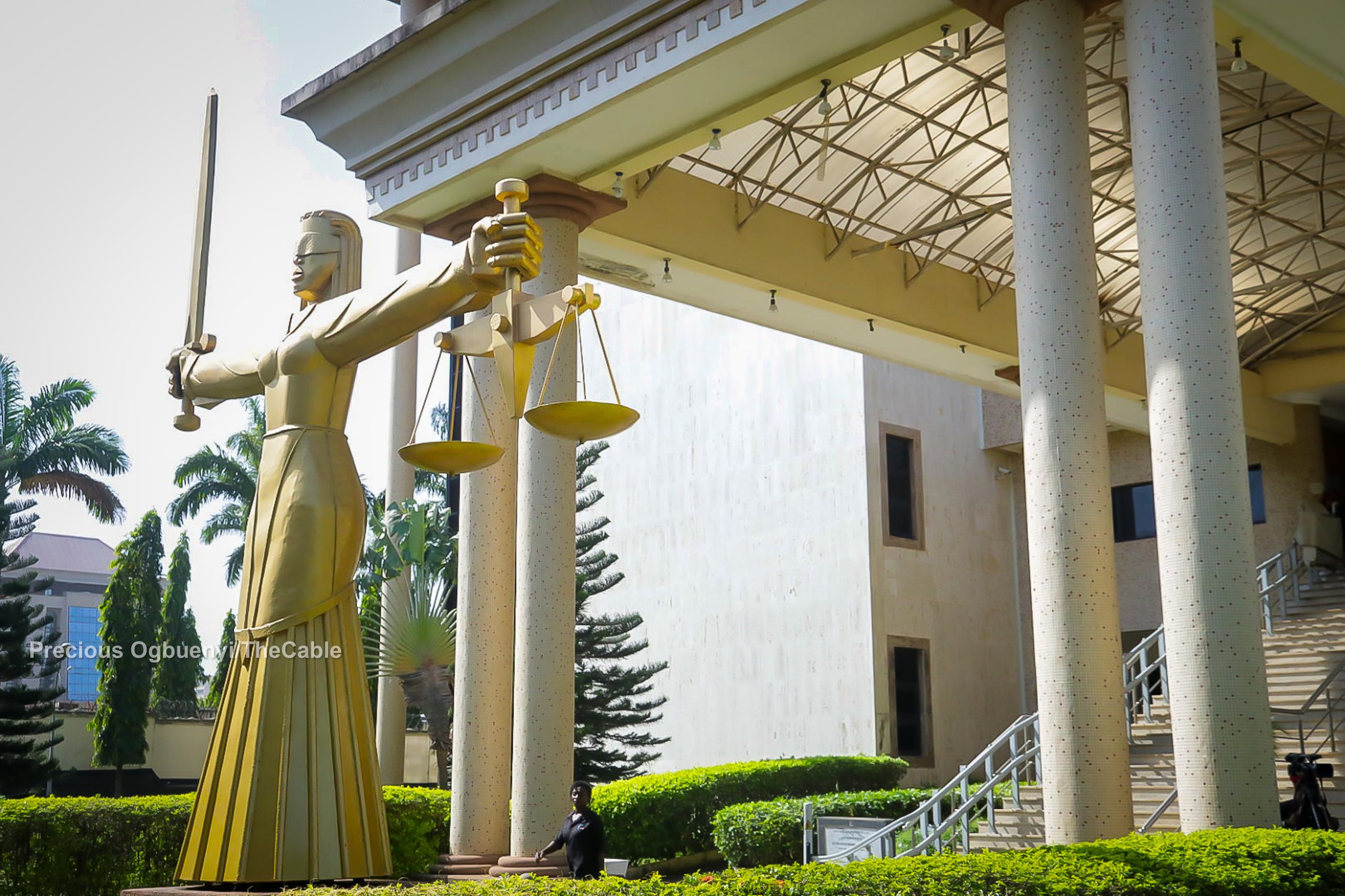Re-Noted: Roald Dahl's Diaries & Idea Books
A quick announcement before we get to Dahl: I’m dedicating the rest of June to the Commonplace Book Club (CBC) and to work on my book, so there won’t be any new full-length Noted posts this month.
That said, this month, you can still expect another Re-Noted and a compilation of quotes from the CBC—so watch out for those! I feel ambivalent about pausing new posts for the month because I genuinely enjoy writing them! But, I also know I’ll make more progress on my book if I can give it my full attention for a while.
Of course, I’ll still be active on the chat. I find my writing days are always brighter when they begin and end with the CBC! The quotes have already been so inspiring. We’re on our second day, and you can still join in our collaborative commonplace book!
And now, for Roald Dahl!
I hope this glimpse into Dahl’s notes adds a bit of magic to your day. As the great author teaches us:
Those who don’t believe in magic will never find it.1
On his 8th birthday, Dahl received a Lett’s Pocket Diary. From then on, he “became a mad diary enthusiast." Dahl describes this first diary, which had
a nice green leather cover, and although it was quite small, there was enough room under each day for me to write my secret thoughts and hopes and also anything important that had happened to me in the past twenty-four hours.2
To his great disappointment, Dahl lost all of these childhood diaries. But he still has some very good suggestions.
If, like Dahl, you keep secrets in your diary, then you’ll want to find a way to hide it. Dahl has a brilliant suggestion: use the “dust-cover of another book” that fits around your diary:
…it is pretty safe simply to slip it into a bookshelf at random with the phony paper cover of Charlie and the Chocolate Factory or whatever printed on the spine for all to see.3
When he started keeping a diary at the age of 8, Dahl couldn’t have known the twists and turns his life would take. He would end up in the Royal Air Force; he became a British spy — more on this in this week’s P.S. for paid subscribers. Ultimately, he became one of the most beloved children’s authors.
An interviewer once asked Dahl where his “extraordinary ideas” came from. Dahl’s answer:
They always, of course, start with some tiny germ. Somewhere. And you rattle it around and hope for the best and build up the story…4
Beginning in 1945, Dahl would write out “germs” for future stories in his “Idea books.”
What did these germs look like? Often they were short notes, jotted down as lists.
People
A pale grey face like a bowl of porridge
Legs like the legs of a chair
Face like crumpled brown paper
A nose like a bathroom tap
A small crooked mouth, shaped like a keyhole
Bach’s French Suite No. 4 in E flat is “Oh dear, what can the matter be”5
Sometimes, Roald would write paragraphs around a topic that interested him. Here, we find him listing different ways humans torture animals:
French woman scraping scales off a live fish, small boys burning ants with a magnifying glass, small boys stoning a toad, the good chef who cuts a lobster in half when it is alive, the geese for foie gras…6
Let’s consider one of Roald’s greatest creations—Charlie and The Chocolate Factory—from its origin as a “germ” written in an “Idea Book” to the final draft.
Like many of Dahl’s great works, Charlie and the Chocolate Factory began as a line in one of his “Idea Books”:
a chocolate factory that makes fantastic and marvelous things—and a crazy man running it…7
You can see this “germ” in the final novel as well as the 1971 film (which Dahl helped adapt for the screen):
In an early version, Dahl called the story, Charlie’s Chocolate Boy:

In the first version of Roald’s notes for the novel, there are ten children. In the next version there are six. Dahl would ultimately cut Miranda Mary Piker, who we find on the following page:
AUGUSTUS GLOOP—A greedy boy
MIRANDA MARY PIKER—A girl who is allowed to do anything she likes.
VERUCA SALT—A girl who is allowed to have anything she wants.
VIOLET BEAUREGARDE—A girl who chews gum all day long.
MIKE TEAVEE— A boy who is crazy about Television.
And the child we like best of all
CHARLIE BUCKET
As you can see, Roald illustrated his draft. Though, of course, his images don’t compare with Quentin Blake’s iconic drawings.
Here, Dahl illustrates Charlie’s grandparents in the first chapter:
These two very old people are the father and mother of Mr. Bucket.
And these two very old people are the father and mother of Mrs. Bucket.

This is another page from the fourth draft of Charlie. Here, we find a typed version of the Oompa Loompa’s song detailing Miranda Mary Piker’s faults. It appears taped between two sections of a hand-written draft.
“You think that’s funny?” snapped Mrs. Piker.
“It’s Tragic,” said Mr. Wonka.
“Look, Grandpa, look!” cried Charlie. “The
Whipple-Scrumpets across the river are going to
sing again!”
“Oh, Miranda Mary Piker!” sang the
five Whipple-Scrumpets, dancing about and laughing and
beating madly on their tiny drums.
“Oh, Miranda Mary Piker,
How could anybody like her,
Such a rude and disobedient ^ stet little kid.
So we said, ‘Why don’t we fix her
In the peanut-brittle mixer
Then we’re bound to like her better than we did.’
Soon this child who is so vicious ^ stet
Will have gotten quite delicious ^ stet
And her
parents^ father will have surely understoodThat instead of saying, ‘Miranda!
Oh, the
beast!^ beast!we^ I cannot stand her!’
They’ll^ He’ll be saying, ‘Oh, how crunchy and how good!’”“Are they really joking, Grandpa?” asked
Charlie.
“Of course they’re joking,” answered Grandpa Joe. “They
must be joking. At least, I hope they’re joking. Don’t
you?”
In the cut-and-taped hand-written draft, you might notice that Whipple-Scrumpets are “dancing around and laughing.” This was one of the original names for the tiny workers at Wonka’s factory.
In fact, this was their name until the final typescript. Here, Roald has gone through and crossed out every reference to Whipple-Scrumpets and replaced it with the more familiar Oompa-Loompas:
I can’t end without a clip of the Oompa Loompas singing one of their songs in the 1971 film:
Noted is fueled by you. Your ❤️’s and comments inspire me. As always, I would love to know your thoughts.
Till Monday,
P.S.
Paid subscribers, look out for more on Dahl’s military career, spy adventures, and his wonderful writing-hut later this week.















